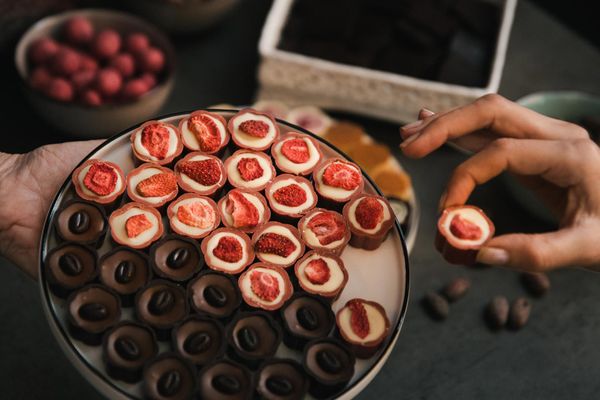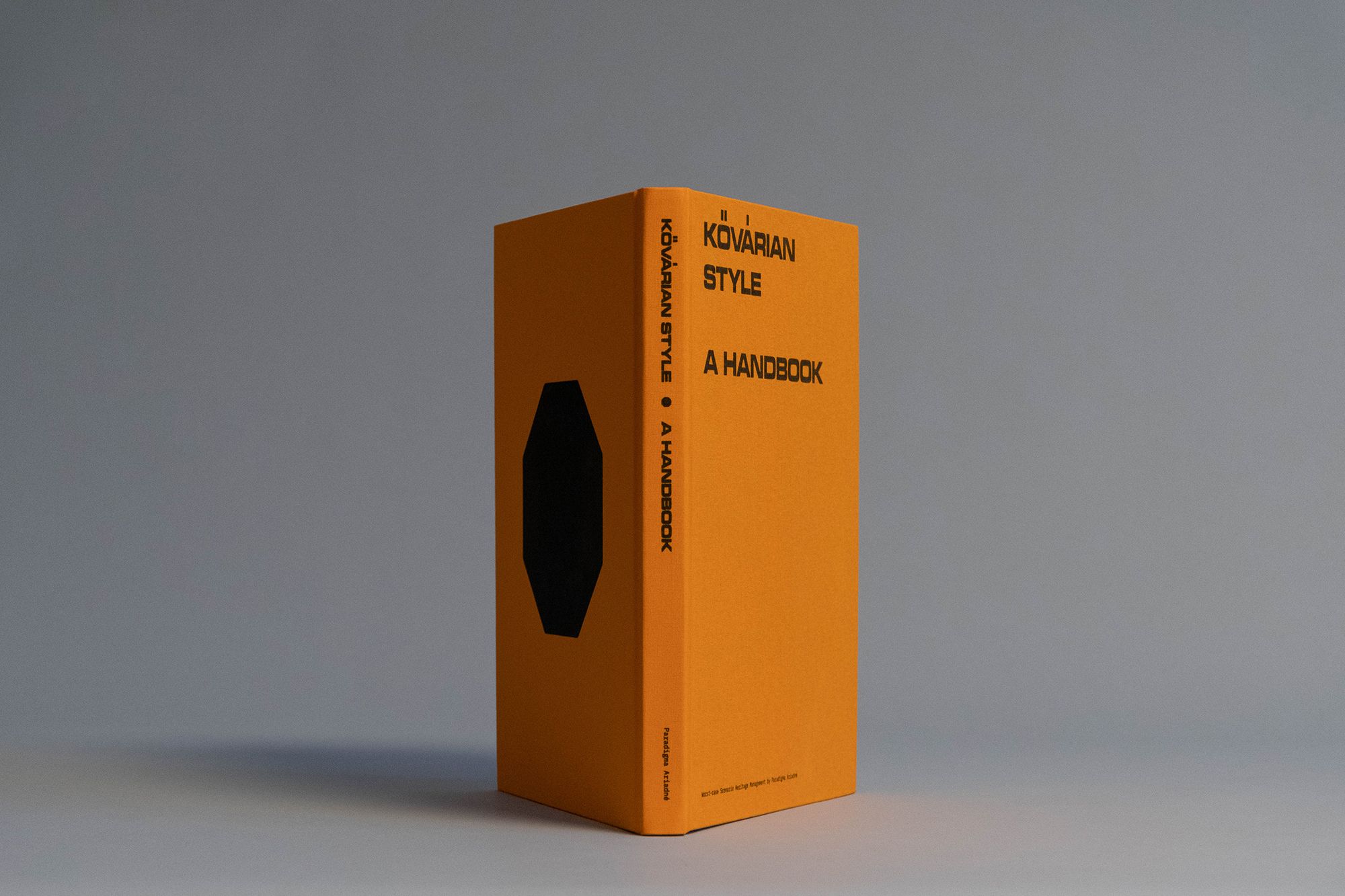In recent weeks, our editorial team has come across several books that portray the natural and cultural values of the Central and Eastern European region, and that are of high quality not only in terms of content but also visually. The following publications guide you from the unique works of an important figure in post-war Hungarian architectural history to the former monocities of the Soviet Union and the natural treasures of the Polish forests.
Paradigma Ariadné: Kővárian Style—A Handbook
The book by the architectural firm Paradigma Ariadné is a new step in processing the heritage of modern Hungarian architecture—a handbook that is also an attempt to show how an architect’s work can be preserved through more than just his buildings. As the architects have already pointed out in the Othernity project, the technological obsolescence of modern buildings built in the second half of the twentieth century is a serious problem, as is the state’s failure to protect them or the decision to demolish them without prior professional dialogue. The book reviews the works of György Kővári, one of the most influential but lesser-known architects of post-war Hungarian architecture, who is credited with buildings that have strongly shaped the image of the capital, such as the Déli Railway Station, the Nyugati Square Skála or the Köki. Paradigma Ariadné has analyzed Kővári’s style, and based on his works, in the handbook, she has collected the formal elements that allow us to identify and teach his particular architectural vision. The book was presented for the first time at the Hungarian pavilion of the Venice Architecture Biennale, where the designers, together with 11 other Central and Eastern European architectural firms, reflected on the fate of Budapest’s modern heritage. So far, two copies of the book are available, but they are working on making it available to the general public, visitors interested in the book are invited to register on their website.
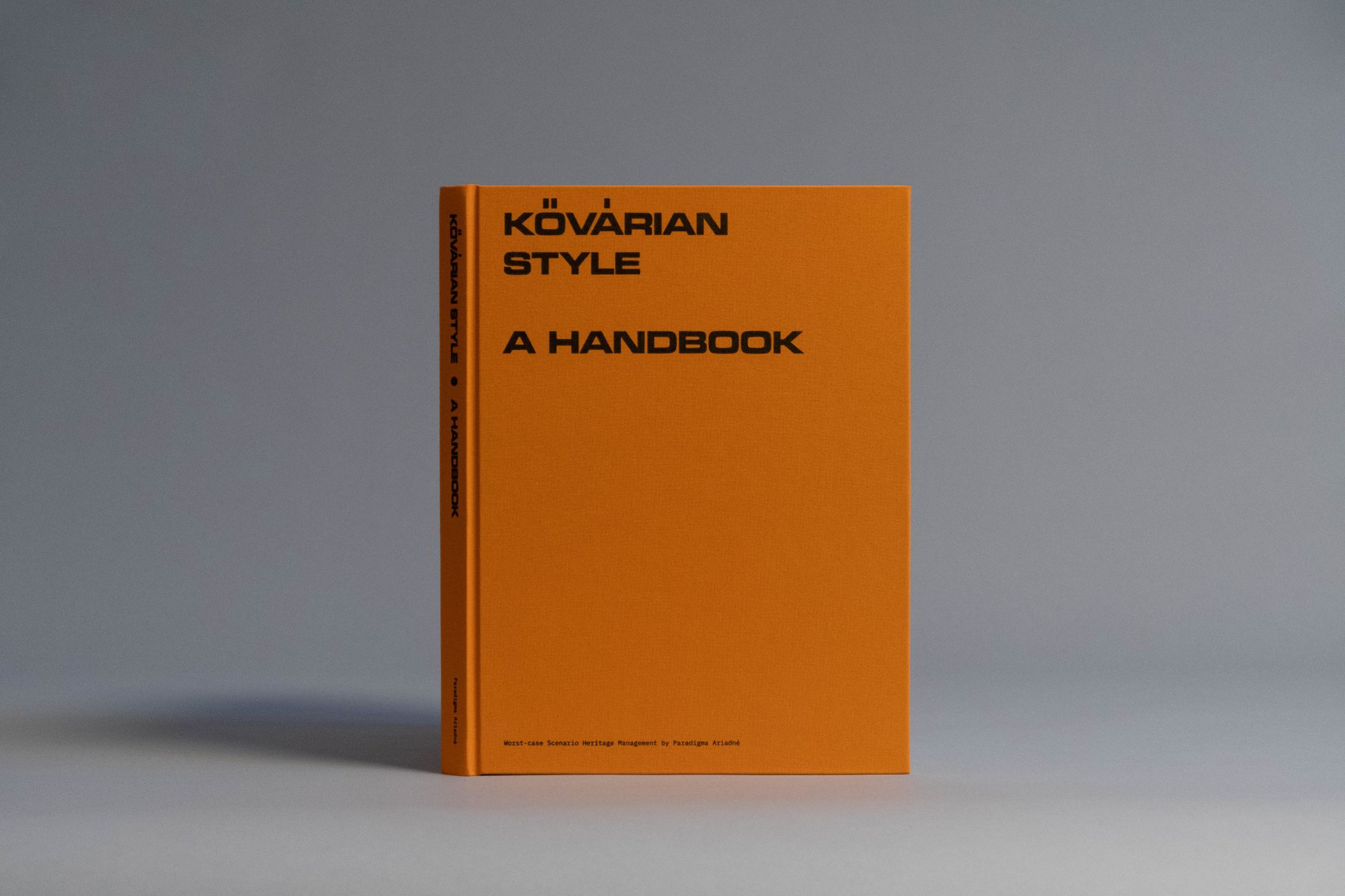
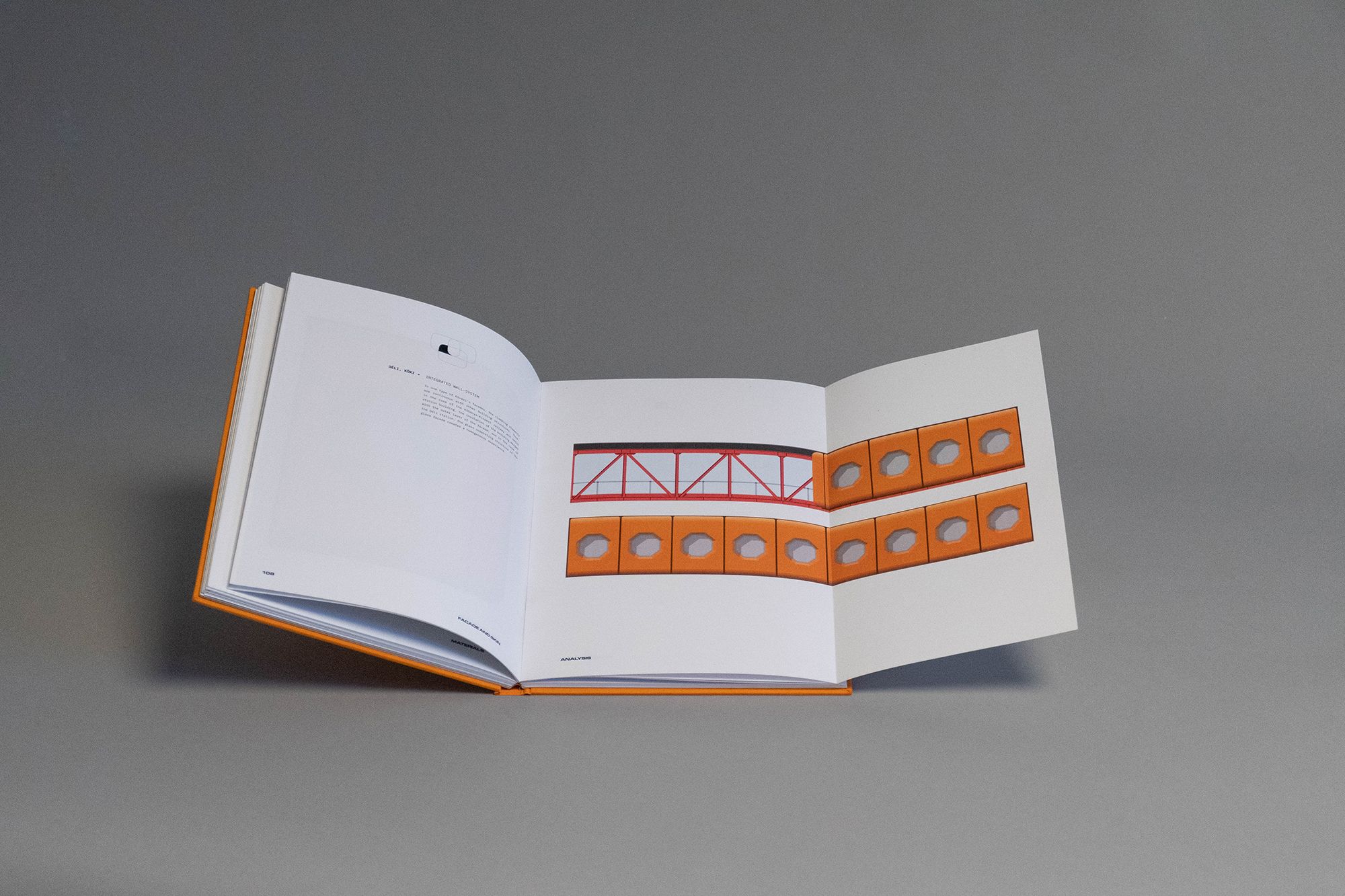
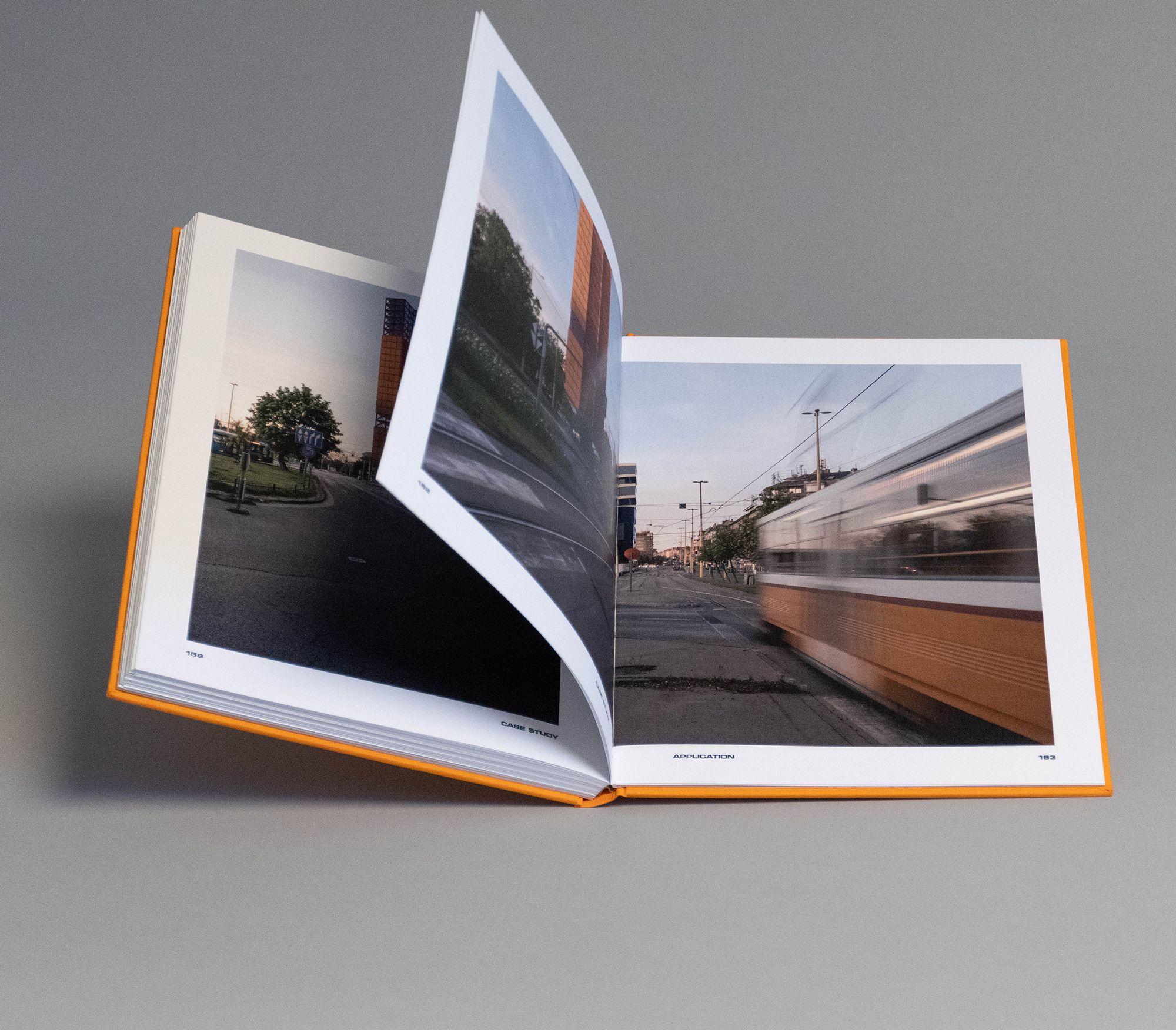

Zupagrafika & Alexander Veryovkin: Monotowns
As a sequel to Concrete Siberia and Eastern Blocks, Monotowns, the latest book from the Polish-based design studio Zupagrafika, was published this year. It focuses on monotowns, the urban settlements erected around single industries in the hinterlands of the former USSR. The nine monotowns (Vorkuta, Norilsk, Mirny, Kirovsk, Tolyatti, Cherepovets, Magnitogorsk, Monchegorsk and Nikel), between the Arctic Circle and the Russian Far East, are captured in more than 130 photographs by Russian photographer Alexander Veryovkin. The pictures are the result of two years of fieldwork, during which Veyovkin had to cope with extreme cold temperatures, in some places as low as -35 degrees Celsius. The illustrative material is accompanied by a foreword by the architecture critic Konstantin Budarin.
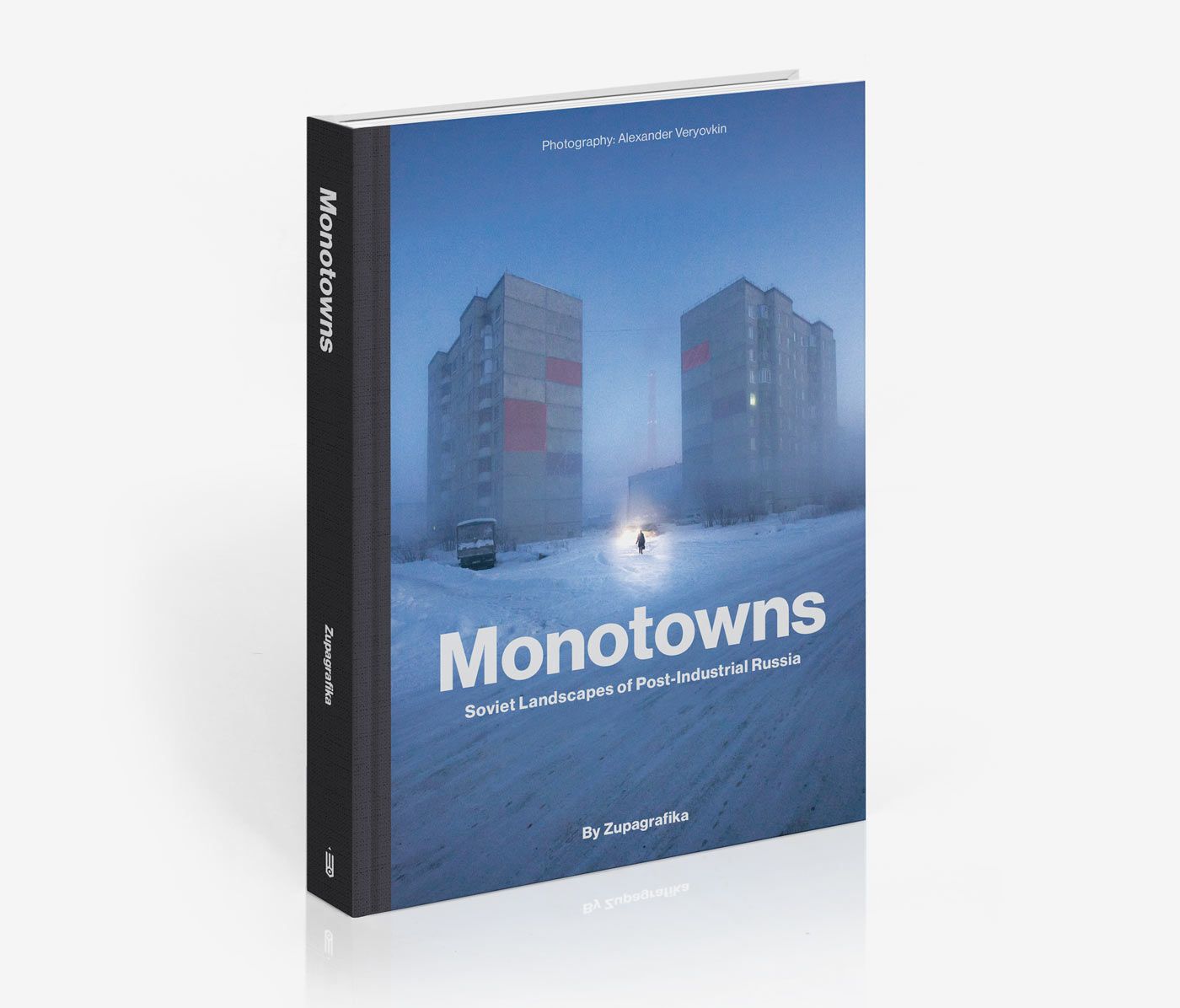
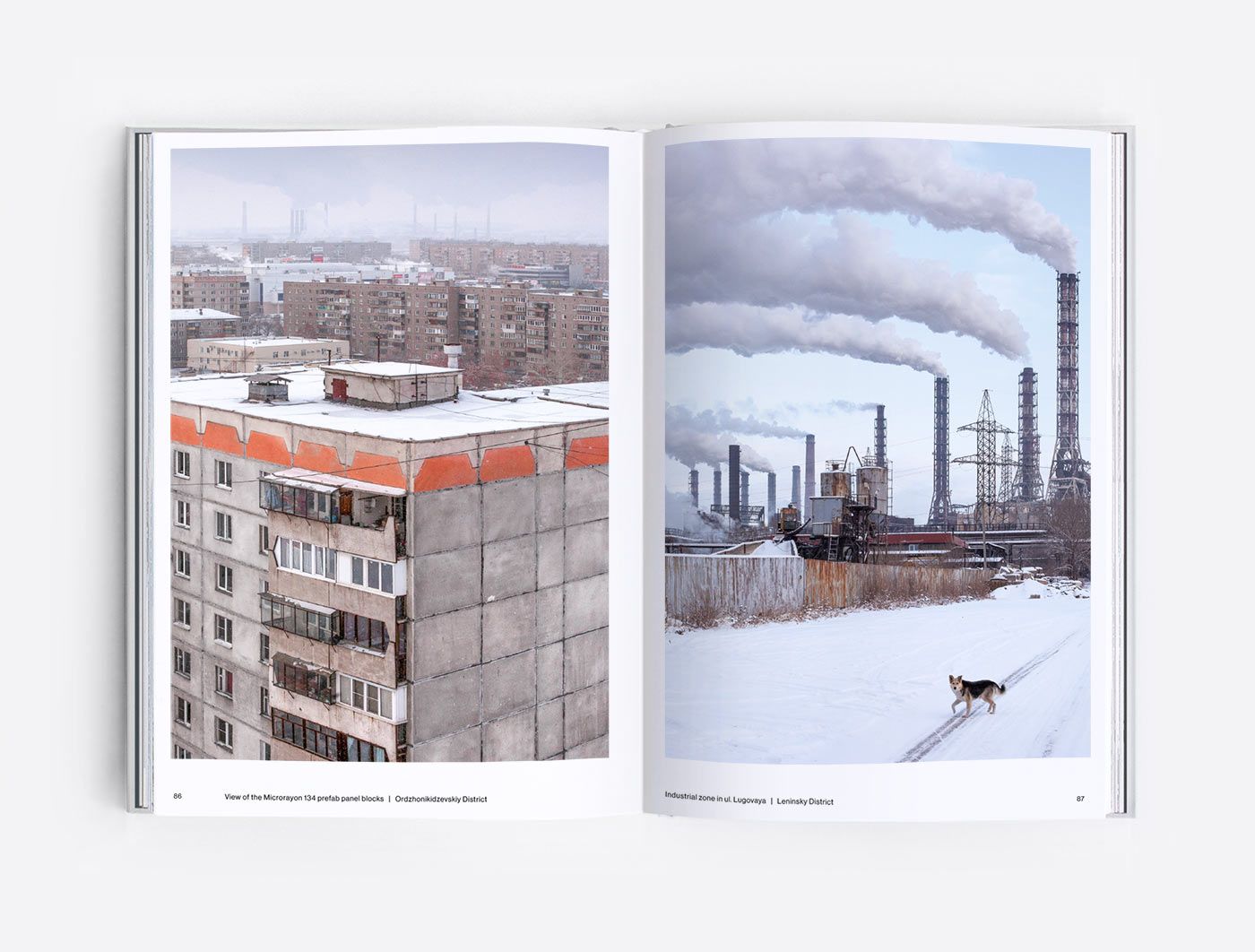
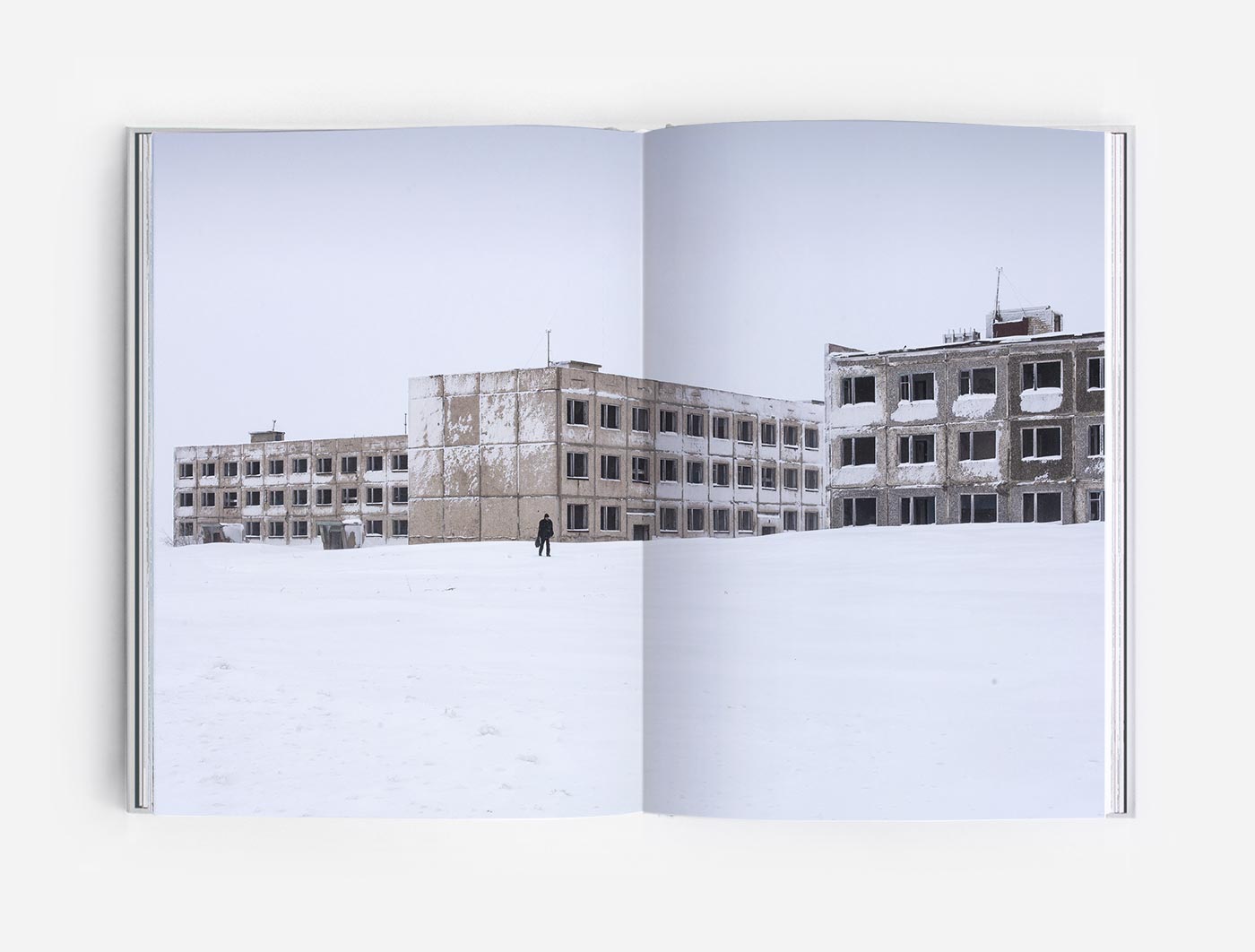

Paweł Zarzyński: Grzyby Polskich Lasów Atlas
With the climate catastrophe, we are slowly but surely approaching a state of being where we need to rethink our approach to new life forms, in which mushrooms may play an important role. The book Grzyby Polskich Lasów Atlas (Atlas of Mushrooms of Polish Forests), published by the Polish State Forests Information Centre, lists more than 200 species of mushrooms native to Poland. The elegant yet modern design of the publication is the work of designer Marta Krzemień-Ojak.

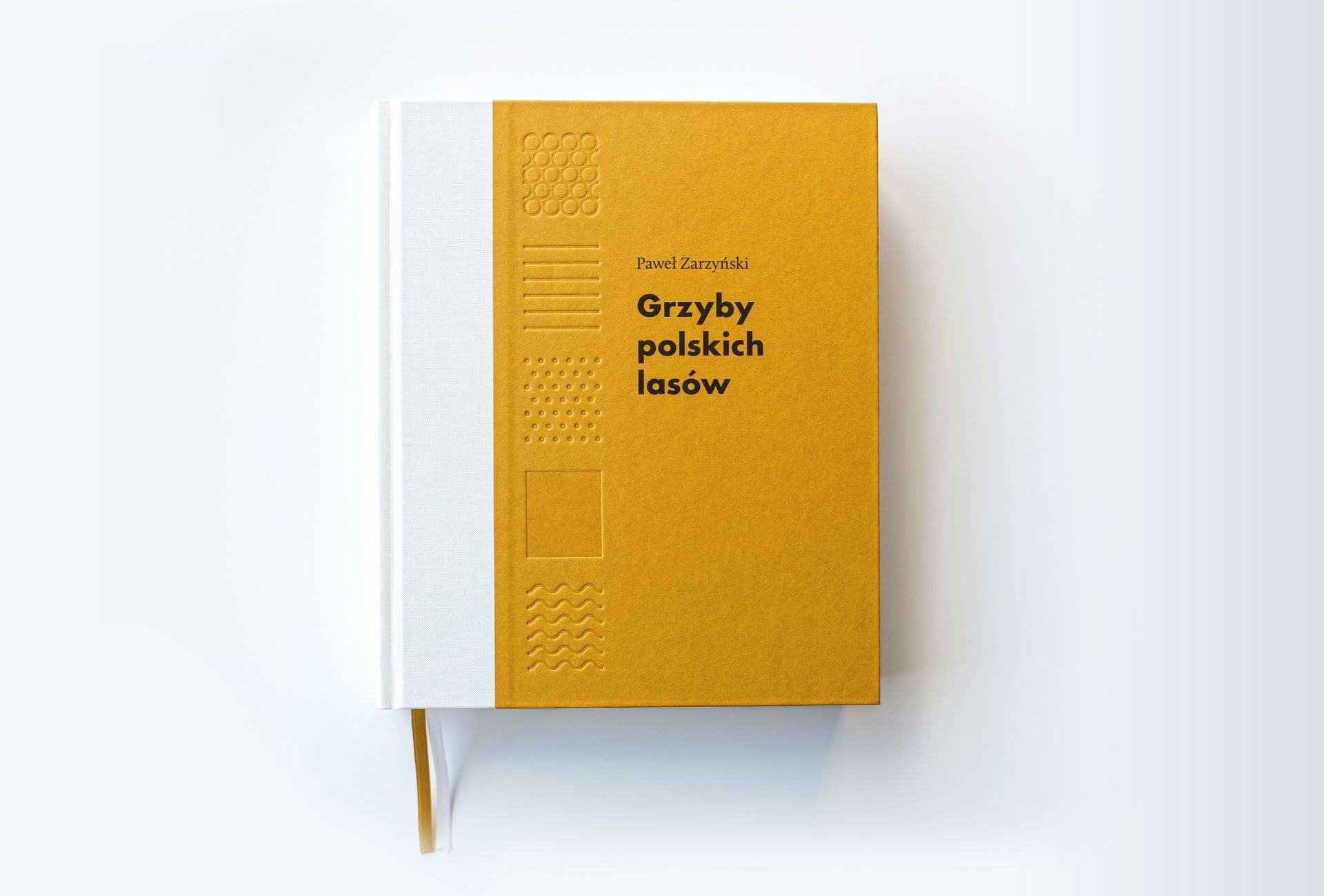
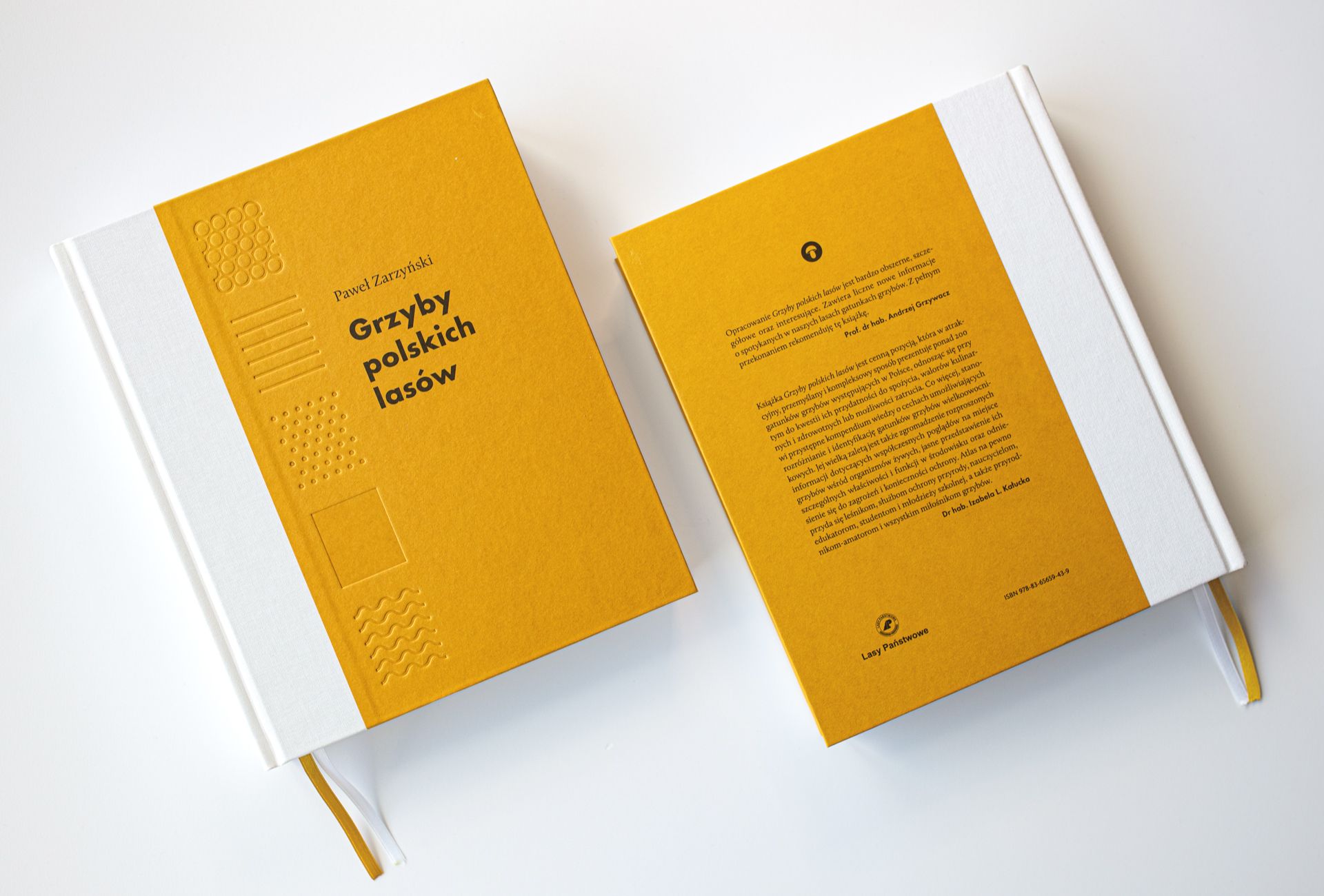
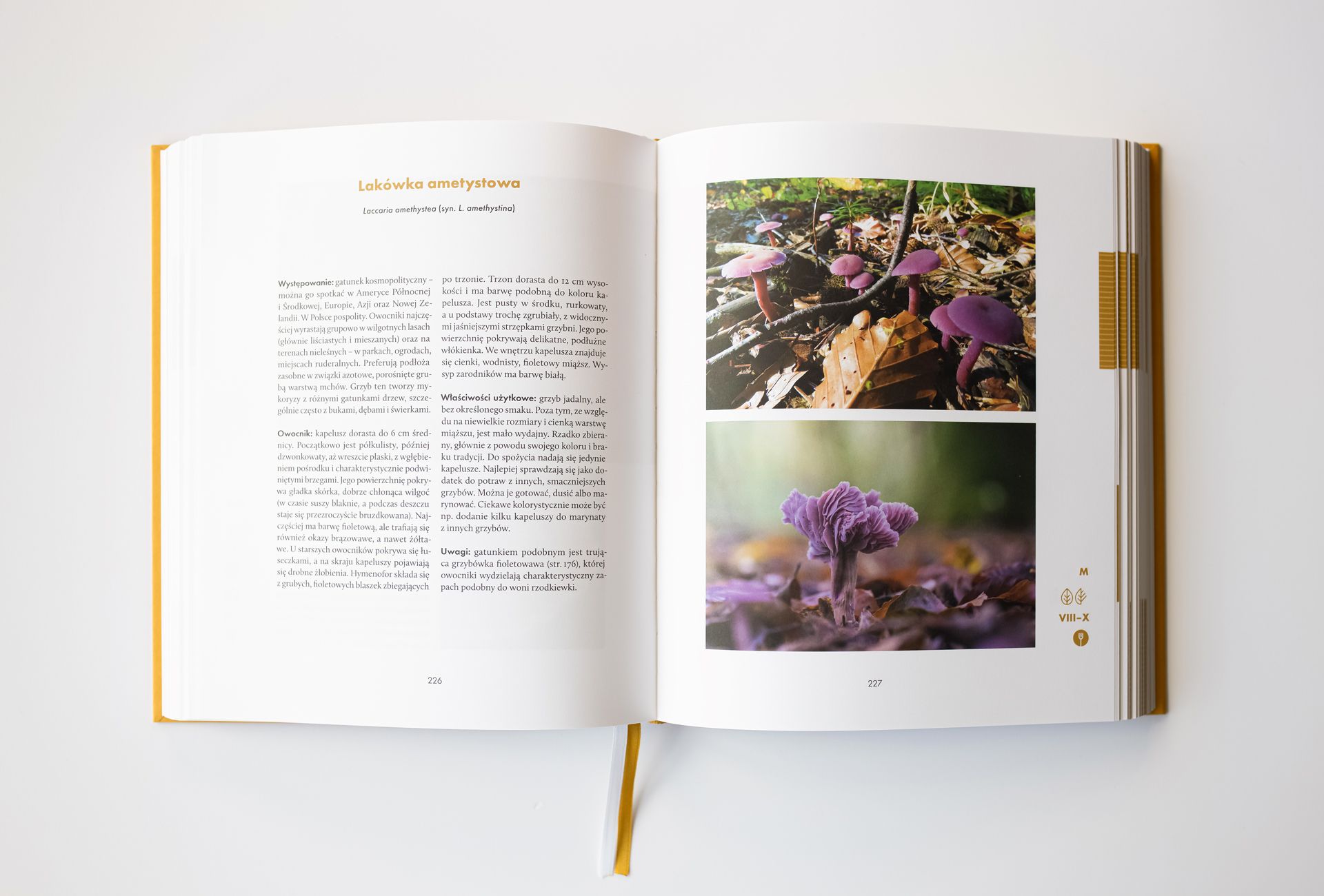

Paradigma Ariadné | Web | Facebook | Instagram
Zupagrafika | Web | Facebook | Instagram
Marta Krzemień-Ojak | Behance

The future of automotive interior decoration is shaped in Hungary

Body-and-heart warmer for winter hikes
